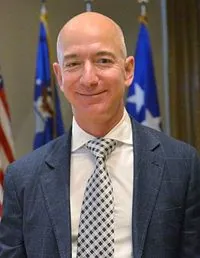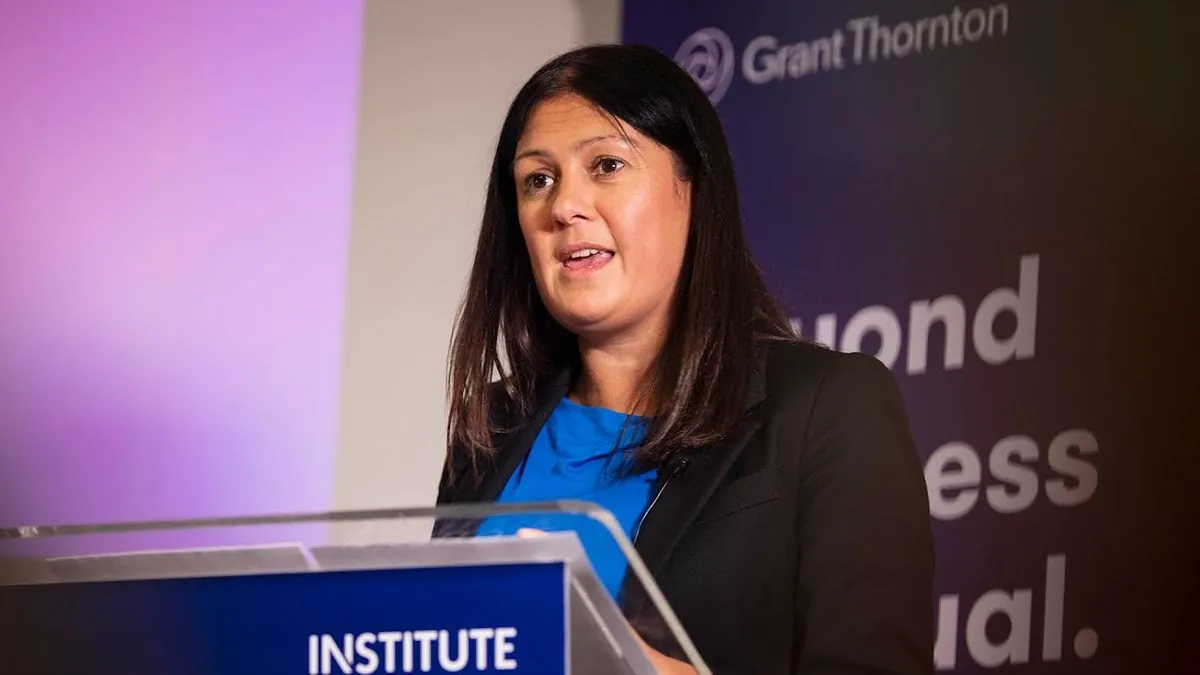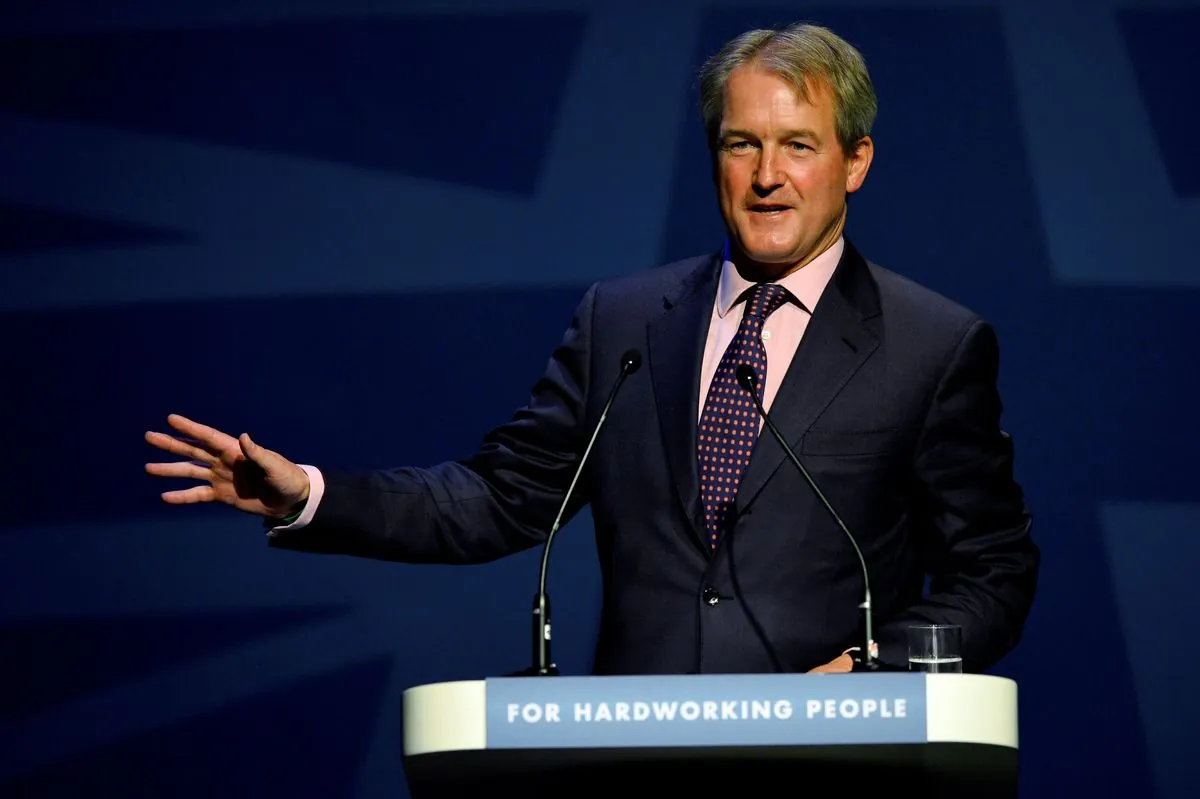Environmental Campaigner Victoria Siddall Named First Female NPG Director
Victoria Siddall, an environmental advocate, becomes the National Portrait Gallery's first female director. Her appointment may signal a shift in the gallery's stance on fossil fuel sponsorship and environmental policies.
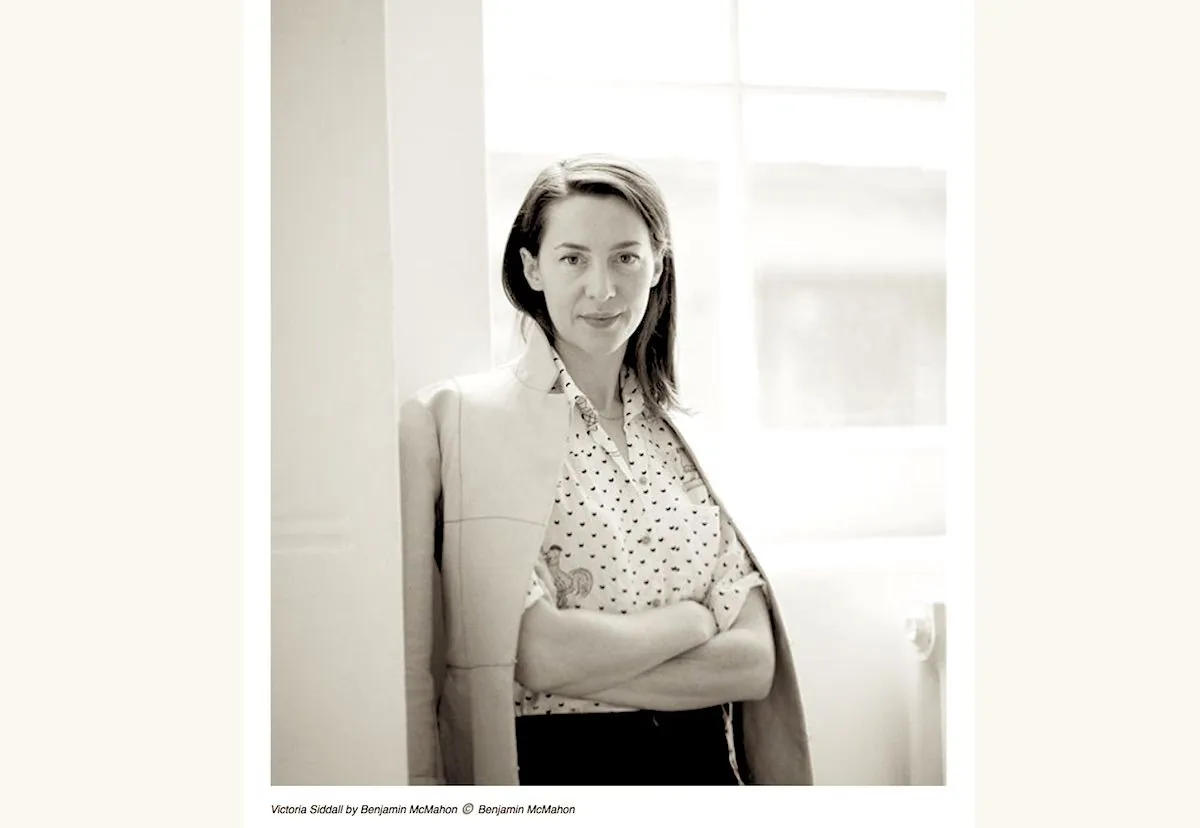
The National Portrait Gallery (NPG) in London has made a groundbreaking appointment, naming Victoria Siddall as its new director. This decision marks a significant milestone in the gallery's 168-year history, as Siddall becomes the first woman to lead the prestigious institution.
Siddall brings a unique blend of art world expertise and environmental advocacy to her new role. With over two decades of experience in the arts, including her position as global director of Frieze, she has established herself as a prominent figure in the industry. Her appointment comes at a crucial time for the NPG, following a recent £35.5 million refurbishment that saw the gallery closed for three years.
The selection of Siddall may signal a potential shift in the NPG's approach to sponsorship and environmental policies. In 2020, she founded the Gallery Climate Coalition (GCC), an organization aimed at reducing the art world's carbon footprint. The GCC's Carbonisation Action Plan, launched in 2021, advised galleries to sever ties with fossil fuel companies, even indirectly.
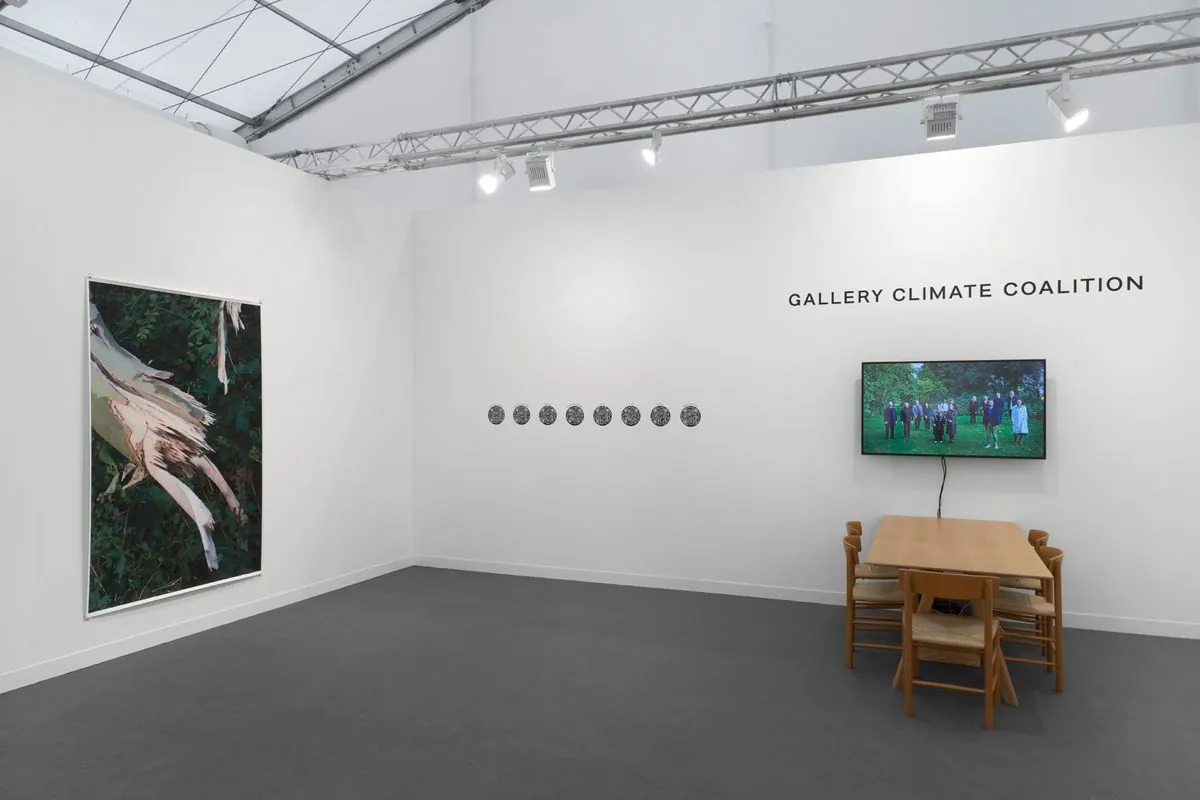
This stance aligns with recent controversies surrounding the NPG's funding sources. In 2022, the gallery ended its 30-year partnership with BP, a decision that followed years of criticism from environmental groups. However, the NPG faced further scrutiny when its new sponsor, Herbert Smith Freehills, was found to have clients in the fossil fuel industry.
Siddall's appointment comes amidst a broader debate in the art world about the ethics of fossil fuel sponsorship. In 2023, climate activists damaged the glass protecting a Velazquez painting at the National Gallery, highlighting the intensity of this ongoing discussion.
The NPG houses the world's largest collection of portraits, with over 215,000 works spanning from the 16th century to the present day. Its collection includes the famous "Chandos portrait," believed to depict William Shakespeare. The gallery's recent refurbishment has not only modernized its facilities but also allowed for a comprehensive rehanging of its artworks.
In response to her appointment, Siddall expressed her honor at leading an institution that "tells stories of human achievement and what unites us as a society." She emphasized the gallery's role in inspiring and shaping our view of the world.
"Her strengths as a cultural leader are considerable, as is her knowledge of the art world, understanding of audiences and international profile."
The appointment has been well-received by key figures in the cultural sector. Lisa Nandy, the Culture Secretary, praised Siddall's wealth of experience and predicted that her leadership would strengthen the gallery further.
As the NPG enters this new chapter, it faces the challenge of balancing its cultural significance with evolving environmental and ethical considerations. Siddall's leadership may usher in a new era for the gallery, potentially influencing its approach to sponsorship, sustainability, and public engagement in the years to come.













